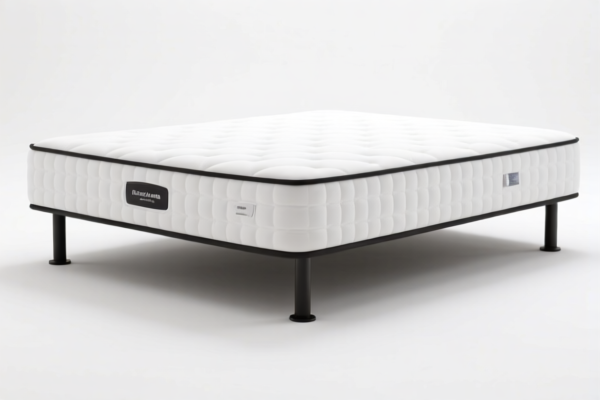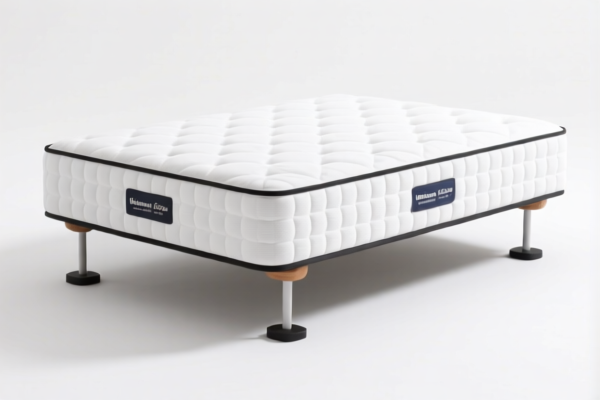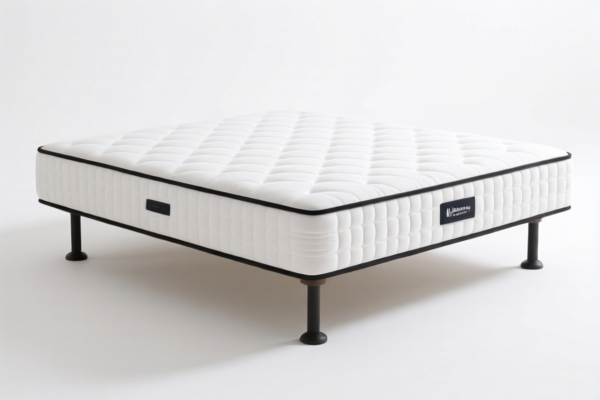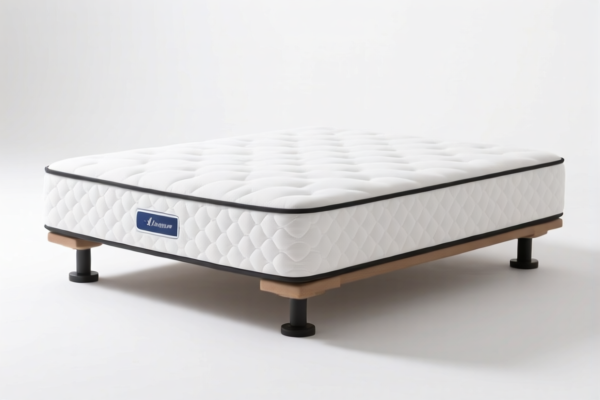| HS Code | Official Doc | Tariff Rate | Origin | Destination | Effective Date |
|---|---|---|---|---|---|
| 9401698090 | Doc | 55.0% | CN | US | 2025-05-12 |
| 9401698066 | Doc | 55.0% | CN | US | 2025-05-12 |
| 3926301000 | Doc | 44.0% | CN | US | 2025-05-12 |
| 3926909989 | Doc | 42.8% | CN | US | 2025-05-12 |




Fixed Seat
A fixed seat, also known as a stationary seat, refers to a seating structure permanently installed in a specific location. Unlike portable seating like folding chairs or stools, fixed seats are designed for long-term use within a defined space.
Material
Fixed seats are constructed from a diverse range of materials, selected based on durability, comfort, aesthetics, and intended environment. Common materials include:
- Wood: Traditionally used, often hardwoods like oak, maple, or beech, offering warmth and classic appeal. May be treated for weather resistance in outdoor applications.
- Metal: Steel, aluminum, and cast iron are frequently employed for robust, long-lasting frames, particularly in public spaces. Often powder-coated for corrosion protection and color variation.
- Plastic: Polypropylene and other durable plastics are cost-effective and weather-resistant options, suitable for both indoor and outdoor use.
- Upholstery: Fabrics, leather, or vinyl are used for padding and comfort, often applied to wooden or metal frames. Upholstery materials are selected for durability, stain resistance, and aesthetic qualities.
- Concrete: Used in outdoor settings for a permanent, heavy-duty seating solution.
- Stone: Less common, but used for decorative or historical installations.
Purpose
The primary purpose of a fixed seat is to provide a designated and stable location for sitting. Specific applications dictate design and material choices. Common purposes include:
- Public Seating: Providing rest areas in parks, bus stops, waiting rooms, and stadiums.
- Theater/Cinema Seating: Optimized for comfort during extended viewing periods, often with features like cup holders and fold-down armrests.
- Auditorium/Lecture Hall Seating: Designed for rows of seating, often with integrated writing surfaces.
- Restaurant/Cafe Seating: Booths, benches, and individual chairs permanently placed within dining areas.
- Transportation Seating: Seats in trains, buses, and airplanes.
- Residential Seating: Built-in benches in kitchens, dining areas, or gardens.
Function
The function of a fixed seat extends beyond simple support. Key functional aspects include:
- Ergonomic Support: Designed to provide comfortable posture and reduce strain during extended sitting.
- Durability: Constructed to withstand frequent use and environmental factors.
- Stability: Securely anchored to prevent tipping or movement.
- Space Efficiency: Optimized for efficient use of available space, particularly in rows or compact arrangements.
- Accessibility: Designs may incorporate features for individuals with disabilities, such as armrests or wider seat widths.
- Safety: Materials and construction are chosen to minimize hazards, such as sharp edges or unstable components.
Usage Scenarios
- Parks and Public Spaces: Providing resting points for pedestrians and visitors.
- Transportation Hubs: Waiting areas in bus stations, train stations, and airports.
- Entertainment Venues: Theaters, cinemas, stadiums, and concert halls.
- Educational Institutions: Auditoriums, lecture halls, and classrooms.
- Commercial Establishments: Restaurants, cafes, waiting rooms, and lobbies.
- Residential Buildings: Kitchens, dining rooms, gardens, and entryways.
Common Types
- Bench Seats: Long, continuous seating surfaces, often found in parks and waiting areas.
- Individual Chairs: Separate seating units, commonly used in restaurants, theaters, and classrooms.
- Booth Seats: Enclosed seating arrangements, typically used in restaurants and cafes.
- Stadium Seats: Contoured seating units with armrests and cup holders, designed for sports venues.
- Theater/Cinema Seats: Comfort-focused seating with reclining features and fold-down tables.
- Built-in Benches: Integrated seating structures incorporated into walls or architectural features.
- Pews: Traditional seating found in churches and religious institutions.
- Backless Benches: Simple benches without back support, commonly used in outdoor settings.
Fixed seats fall under the classification of seats not specifically those of heading 9402, and whether or not convertible into beds, and parts thereof. Several HS codes may be applicable depending on the seat's composition.
Here are the relevant HS codes based on the provided information:
- 9401.69.80.90: This HS code covers seats (other than those of heading 9402), whether or not convertible into beds, and parts thereof: Other seats, with wooden frames: Other: Other: Other Other: Other. The basic tariff is 0.0%, with an additional tariff of 25.0%, increasing to 30% after April 2, 2025, resulting in a total tariff of 55.0%.
- 9401.69.80.66: This HS code covers seats (other than those of heading 9402), whether or not convertible into beds, and parts thereof: Other seats, with wooden frames: Other: Other: Other Other: Of teak (Tectona spp.): Of plantation-harvested teak. The basic tariff is 0.0%, with an additional tariff of 25.0%, increasing to 30% after April 2, 2025, resulting in a total tariff of 55.0%.
Explanation of HS Code Structure (based on provided data):
- 94: Chapter 94 covers furniture; bedding, mattresses, supportings, lamps and lighting fittings, prefabricated buildings.
- 01: Heading 9401 specifically covers seats whether or not convertible into beds and parts thereof.
- 69: Subheading 9401.69 covers other seats.
- 80: Further specifies seats with wooden frames.
- 90/66: Differentiates between "Other" types of seats and those specifically "Of teak (Tectona spp.): Of plantation-harvested teak".
Important Note:
When declaring seats under HS code 9401.69.80.66, please verify that the seat is indeed made of teak (Tectona spp.) harvested from a plantation.
Customer Reviews
No reviews yet.